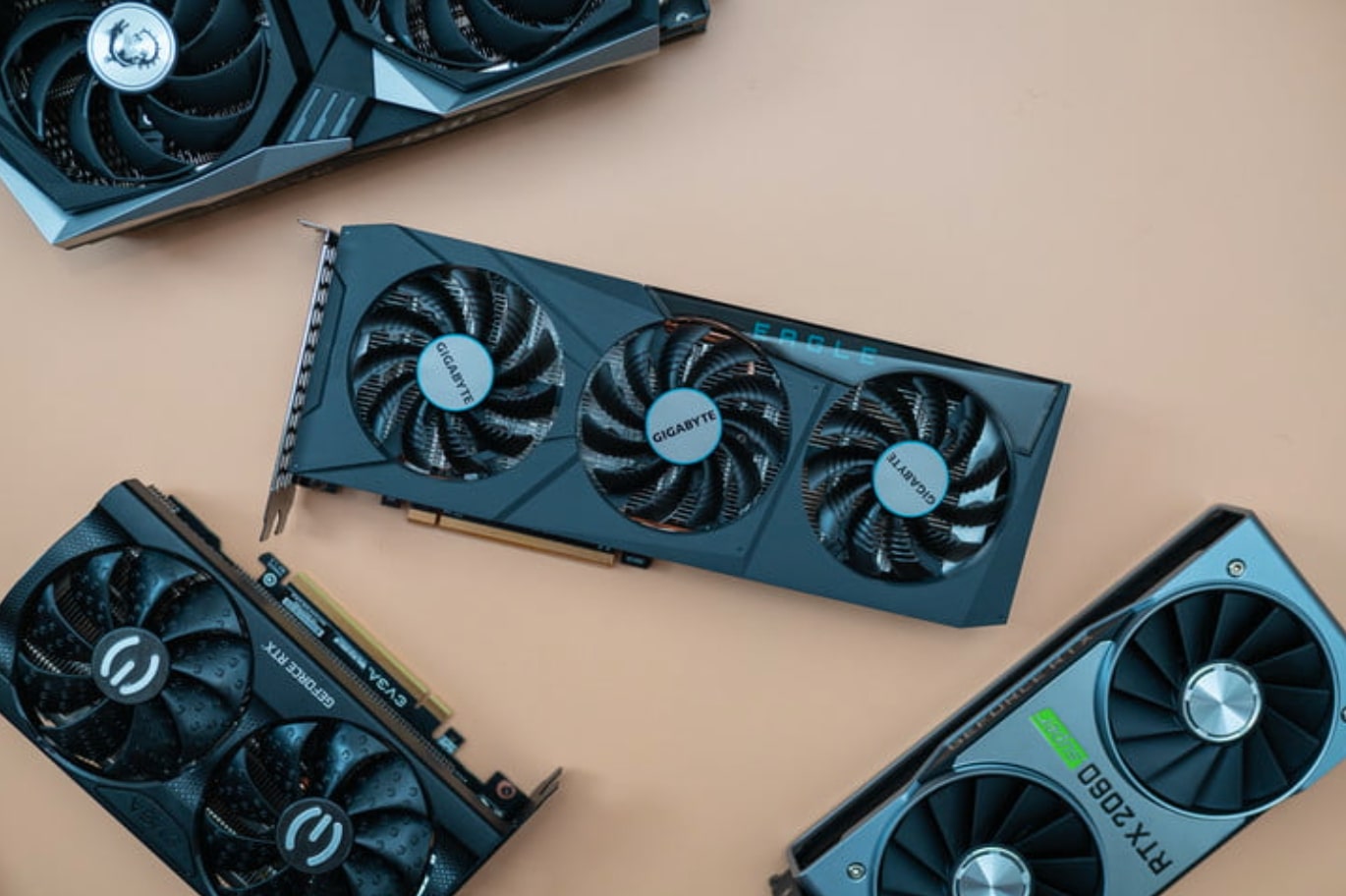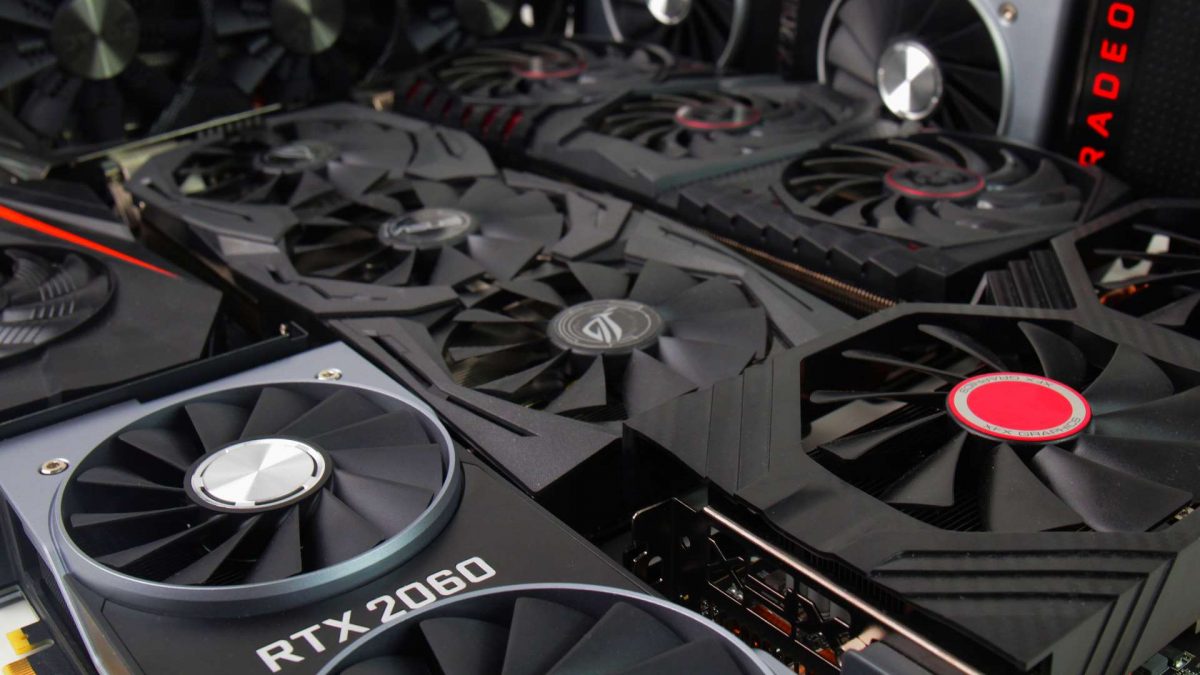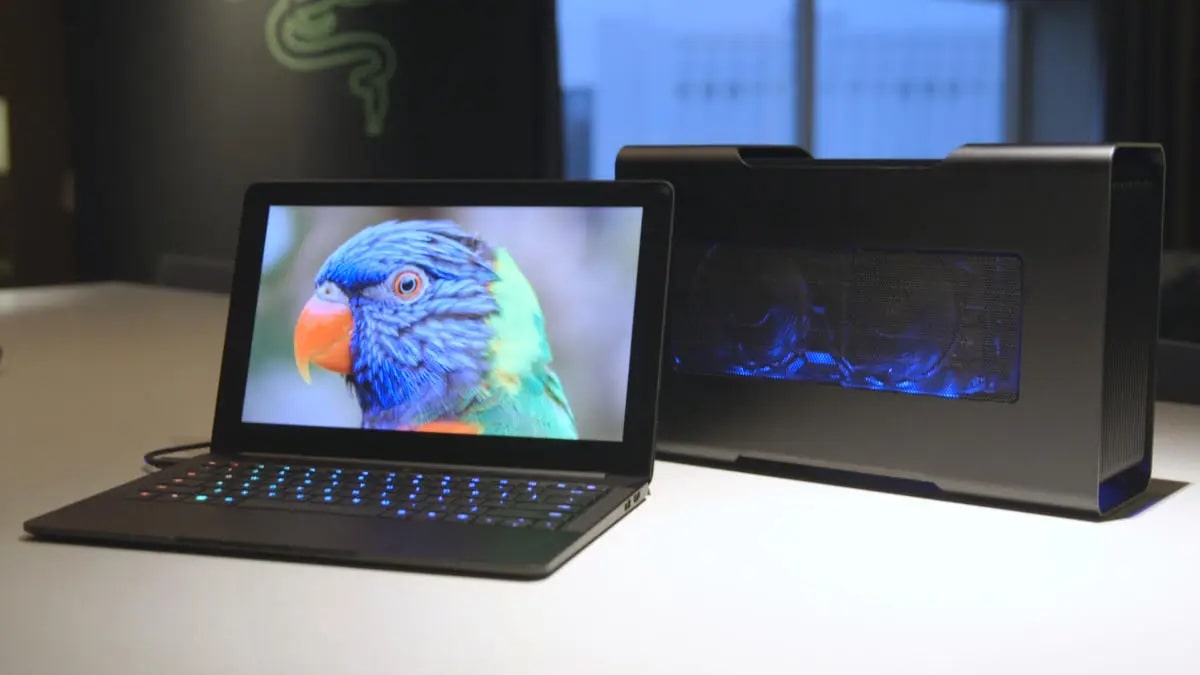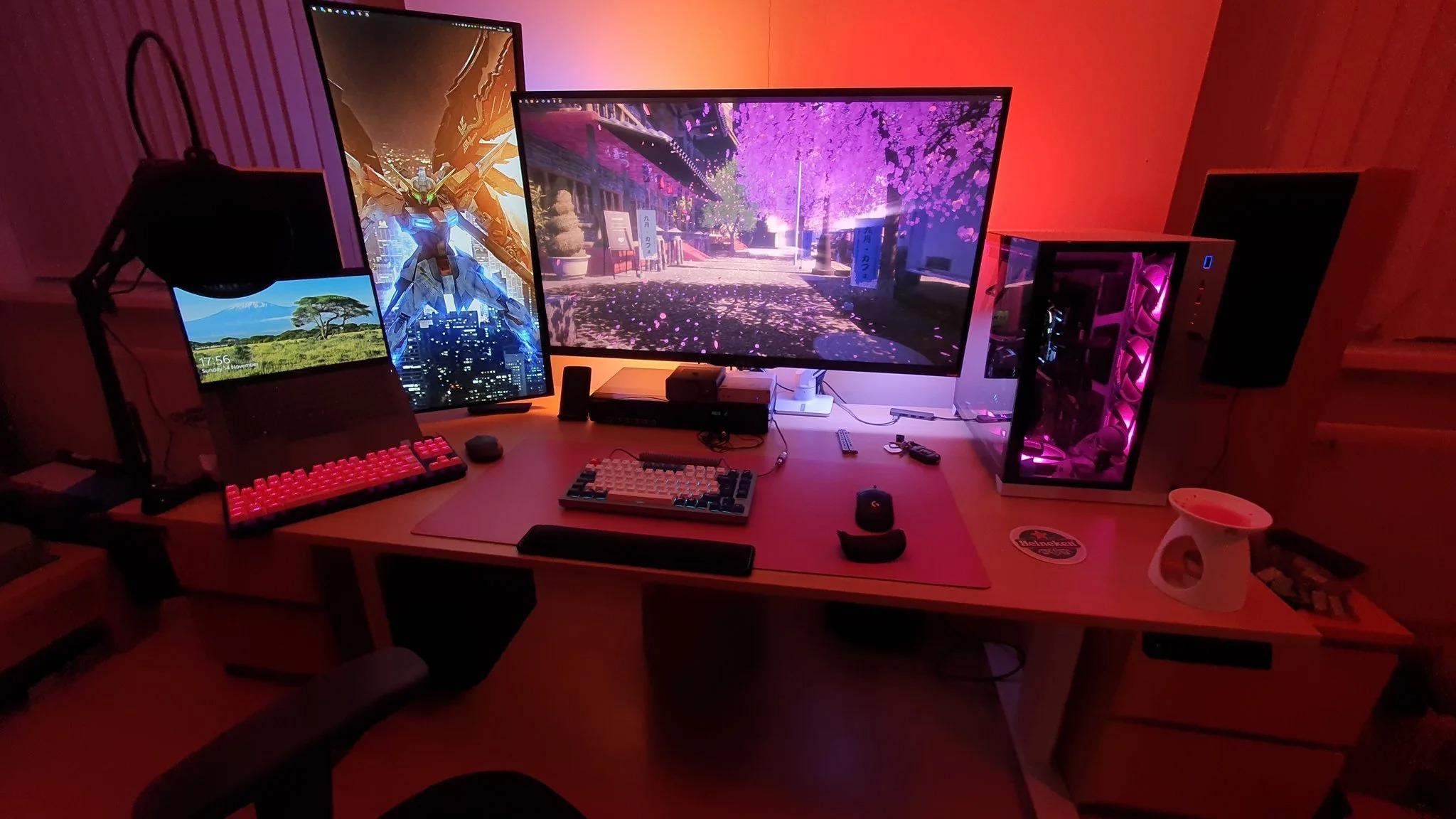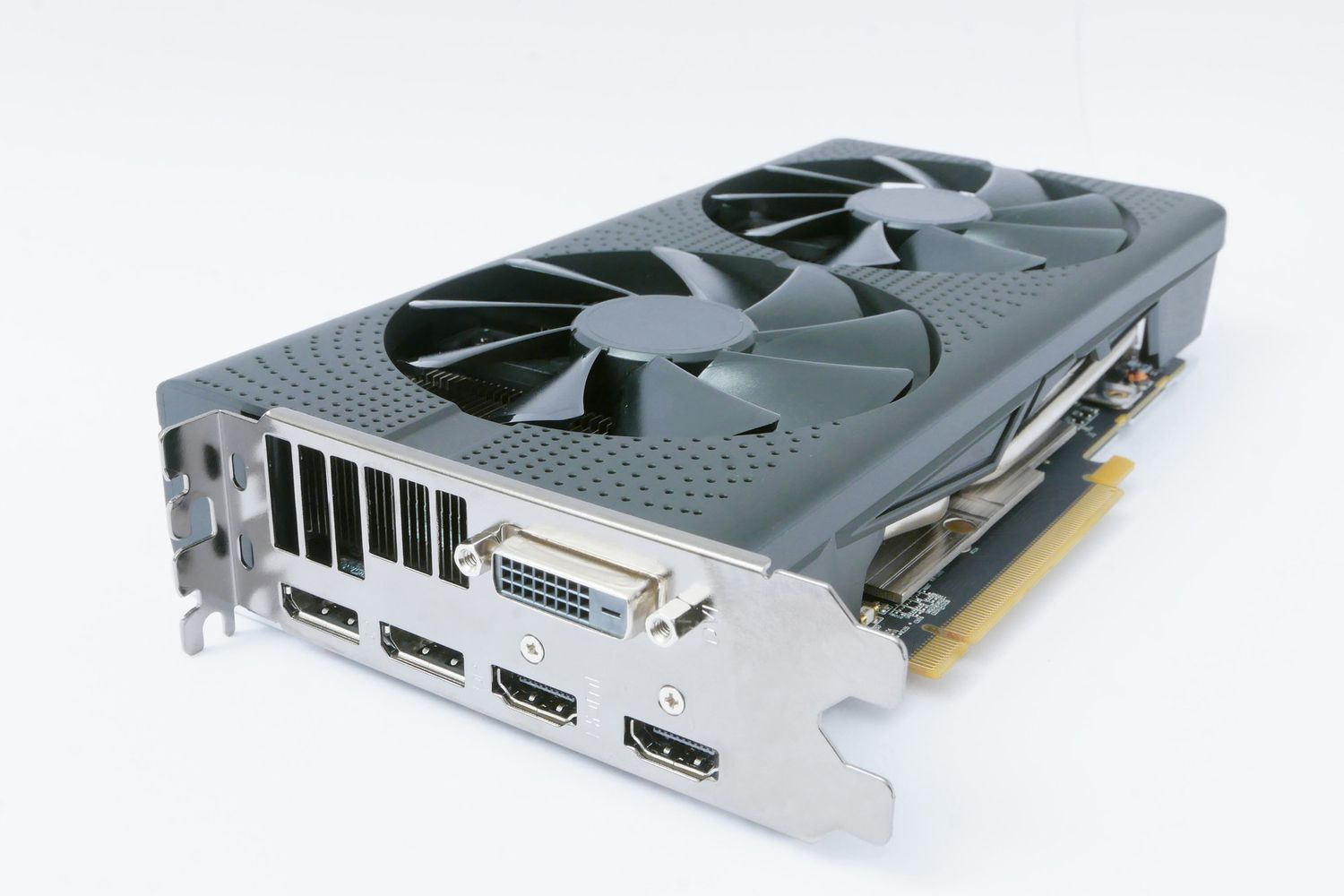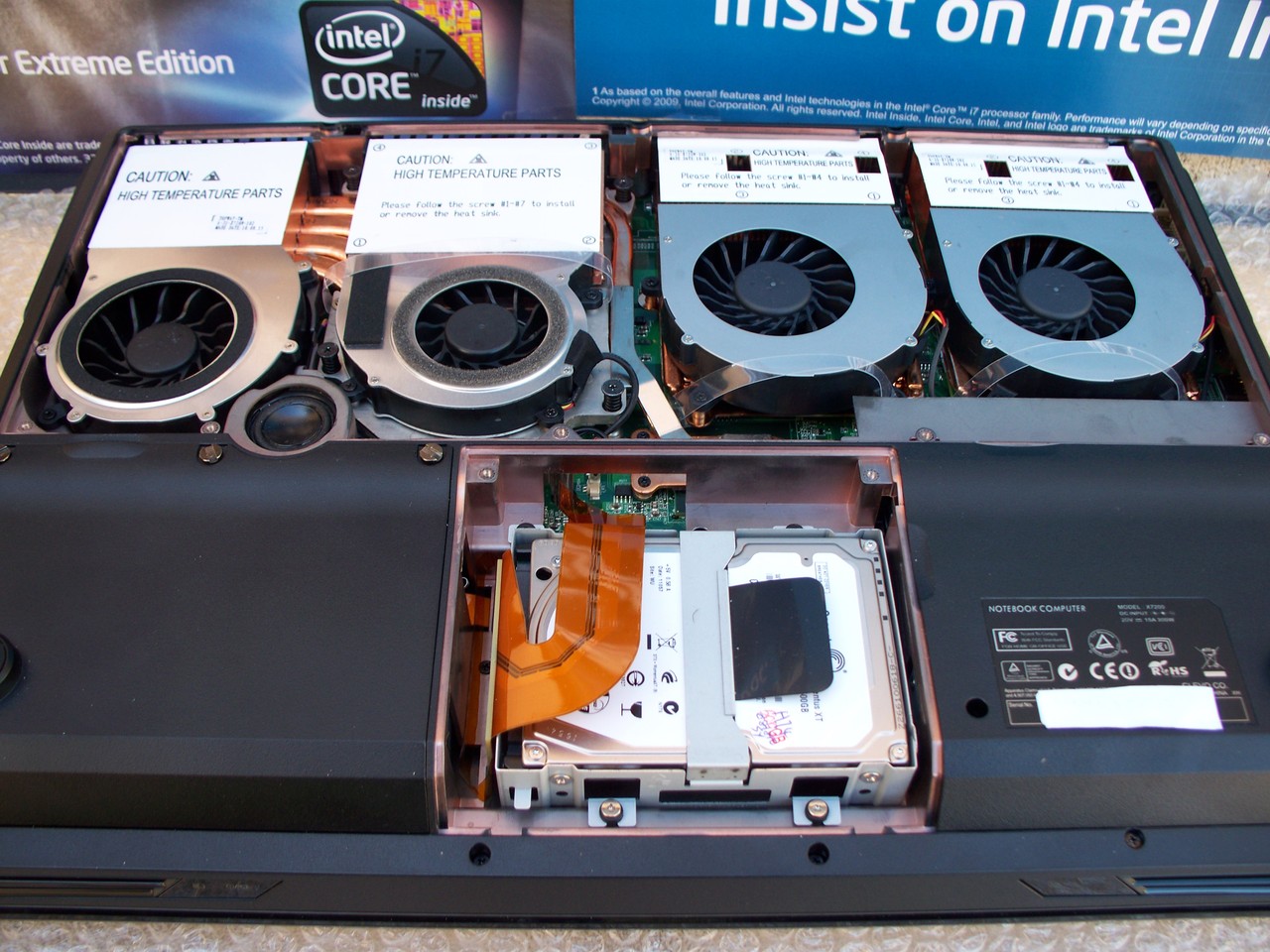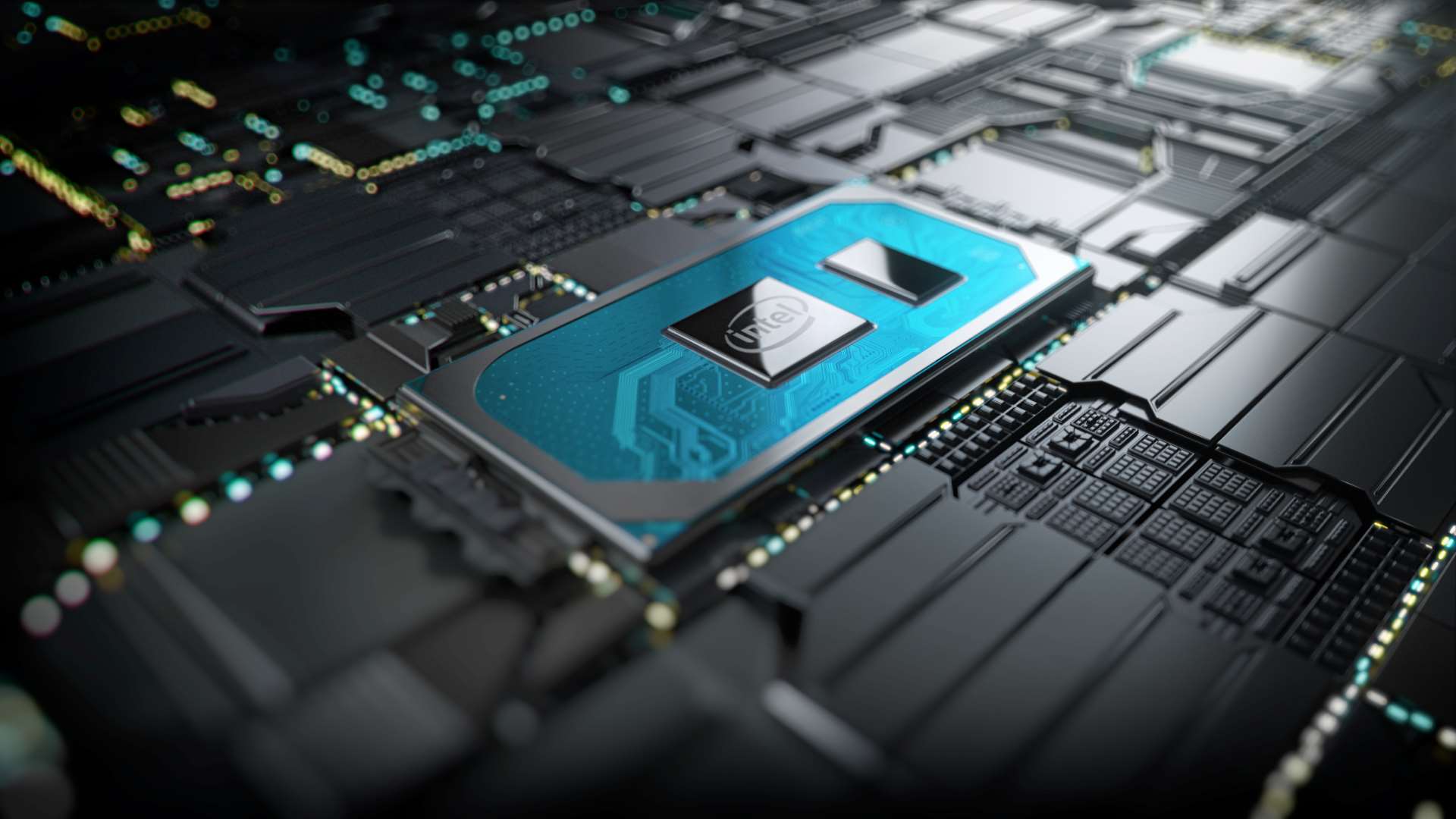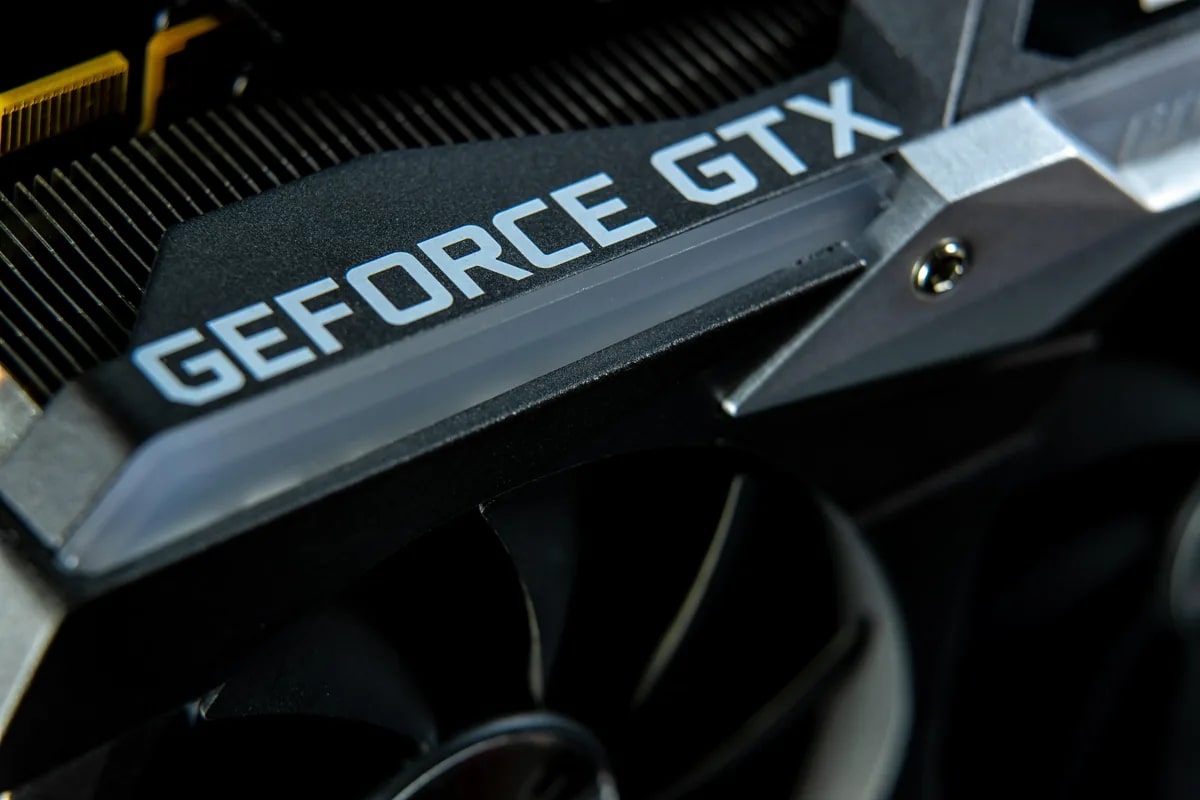Introduction
Choosing the right graphics card for your computer can be a daunting task. With so many options available in the market, it can be overwhelming to navigate through the array of features, specifications, and price points. However, by understanding your needs and requirements, considering your budget, and researching your options, you can make an informed decision that suits your specific needs.
Graphics cards play a crucial role in powering the visual aspects of your computer. Whether you are a gamer, a video editor, or a graphic designer, having a high-quality graphics card is essential for smooth gameplay, faster rendering times, and superior visual performance. It determines how well your computer can handle graphically intensive tasks and enhances the overall user experience.
In this guide, we will walk you through the process of choosing the right graphics card for your needs. We will explore the key factors you should consider and provide you with practical tips to help you make an educated decision. By the end of this article, you will be equipped with the knowledge and confidence to select a graphics card that meets your requirements and fits within your budget.
So, let’s dive in and demystify the world of graphics cards.
Understanding Your Needs and Requirements
Before diving into the various options available in the market, it is crucial to determine your specific needs and requirements. Ask yourself what you will be using the graphics card for and what level of performance you expect. Here are a few points to consider:
- Gaming: If you are a gamer, you will need a graphics card that can handle the latest games and provide smooth gameplay. Look for a card with a high core count, clock speed, and VRAM capacity to ensure optimal performance.
- Video Editing and Graphic Design: Professionals in these fields require a graphics card that can handle complex video rendering and graphic manipulation tasks. Consider a card that supports hardware acceleration and has ample VRAM for storing high-resolution textures and video footage.
- Virtual Reality (VR): If you are interested in VR gaming or content creation, look for a graphics card that is VR-ready. These cards are specifically designed to provide an immersive VR experience, with features such as low latency and high refresh rates.
- Multiple Monitors: If you plan on using multiple monitors for increased productivity or gaming, ensure that the graphics card you choose supports the desired number of display outputs.
Furthermore, consider the software applications you use regularly. Some applications, such as 3D rendering programs or CAD software, have specific hardware requirements. Check the system requirements of these applications to ensure compatibility with the graphics card you are considering.
By understanding your needs and requirements, you can narrow down your options and focus on graphics cards that are tailored to your specific use case. This will help you make a more informed decision and avoid purchasing a card that is either overkill or underpowered for your needs.
Knowing Your Budget
When it comes to choosing a graphics card, your budget plays a significant role in determining the options available to you. Graphics cards come in a wide range of price points, from budget-friendly options to high-end models with advanced features. It is important to establish a budget before you start researching and comparing different models.
Consider how much you are willing to spend on a graphics card based on your needs and the performance level you desire. Keep in mind that while higher-priced cards generally offer better performance and features, you can still find mid-range cards that offer excellent value for your money.
In addition to the initial cost of the graphics card, it is essential to factor in any potential future upgrades or compatibility requirements. For example, if you plan on upgrading other components of your system in the near future, make sure the graphics card you choose will still be compatible and won’t become a bottleneck for your overall system performance.
Researching current market prices and comparing different options can help you find the best balance between your budget and the performance you need. Online retailers, such as Amazon and Newegg, often have user reviews and ratings that can provide insights into the value and reliability of different models.
Remember, it’s crucial to have a realistic budget in mind and avoid overspending or stretching your finances too thin. By setting a budget and sticking to it, you can ensure that you find a graphics card that meets your needs without breaking the bank.
Compatibility with Your System
Before purchasing a graphics card, it is essential to ensure compatibility with your system. This involves considering factors such as the power supply unit (PSU), motherboard compatibility, and physical space within your computer case. Here are a few points to keep in mind:
- Power Supply Unit (PSU): Graphics cards require a certain amount of power to function properly. Check the specifications of your PSU to ensure that it can provide enough power for the graphics card you are considering. If necessary, upgrade your PSU to a higher wattage unit to accommodate the power requirements of the card.
- Motherboard Compatibility: Check the compatibility of the graphics card with your motherboard’s expansion slots. Most modern graphics cards use a PCIe connector, so make sure your motherboard has the appropriate PCIe slots available.
- Physical Space: Graphics cards come in various sizes, so it is crucial to ensure that there is enough physical space in your computer case to accommodate the card. Measure the available space in your case and compare it with the dimensions of the graphics card you are considering.
In addition to these compatibility considerations, it is also important to determine if your system meets the minimum requirements for using the graphics card effectively. This includes having a compatible operating system, sufficient RAM, and a fast enough CPU to avoid bottlenecks.
If you are unsure about the compatibility of a specific graphics card with your system, consult the manufacturer’s website or contact their support for assistance. They can provide you with detailed information about the card’s compatibility with different systems and help you make an informed decision.
By ensuring compatibility with your system, you can avoid purchasing a graphics card that is not compatible or faces limitations when installed in your system. This step is crucial to ensure a smooth and hassle-free installation process.
Determining the Desired Performance Level
When selecting a graphics card, it is important to determine the desired performance level based on your specific needs and requirements. The performance of a graphics card is typically measured by factors such as clock speed, number of cores, and VRAM capacity. Here are a few points to consider:
- Resolution and Refresh Rate: Consider the resolution and refresh rate of your monitor. If you have a high-resolution display or plan on gaming at a high refresh rate, you will need a more powerful graphics card to ensure smooth and immersive gameplay.
- Frame Rate: Determine the frame rate you would like to achieve in games or other graphically intensive applications. Higher frame rates provide smoother visuals and a more responsive gaming experience. Adjust your expectations based on the type of games you play and the desired level of visual fidelity.
- Graphics Settings: Evaluate the level of graphical detail and settings you prefer. If you want to play games at maximum settings or work with high-resolution textures in graphic design applications, you will need a graphics card with more power and VRAM capacity.
- Future-Proofing: Consider your future needs and whether you want a graphics card that will last for several years without requiring an upgrade. If you plan on playing upcoming games or using more demanding software, opt for a higher-end card to ensure longevity and avoid obsolescence.
It is important to strike a balance between your desired performance level and your budget. While it is tempting to go for the most powerful graphics card on the market, it may not be necessary or cost-effective based on your specific needs. Analyzing your needs and budget will help you determine the right performance level and find a card that delivers the best value for your money.
Keep in mind that the desired performance level may vary depending on the specific tasks or activities you engage in. A professional video editor may require a higher level of performance compared to a casual gamer. Tailor your choice based on your specific use case and prioritize the features and performance metrics that are most important to you.
Researching and Comparing Graphics Card Options
Once you have a clear understanding of your needs and desired performance level, it’s time to start researching and comparing different graphics card options. Here are some important factors to consider during this process:
- Specifications: Look for graphics cards that meet your requirements in terms of clock speed, core count, VRAM capacity, and other relevant specifications. Compare the performance metrics and features of different models to find the one that best suits your needs.
- Price and Value: Compare the prices of different graphics cards and evaluate their value for money. Consider the performance-to-price ratio and read reviews or benchmarks to understand how well a particular card performs in real-world scenarios.
- Manufacturer and Brand: Research the reputation of the manufacturer and brand of the graphics cards you are considering. Well-established and reputable manufacturers often provide better customer support, driver updates, and overall reliability.
- Customer Reviews and Feedback: Read customer reviews and feedback from users who have already purchased and used the graphics cards you are interested in. Pay attention to any common issues or complaints to make an informed decision.
- Online Comparisons: Take advantage of online resources that offer side-by-side comparisons of different graphics card models. These websites provide detailed information about specifications, performance benchmarks, and user ratings, making it easier to evaluate and compare various options.
- Future Upgradability: Consider the future upgradability of the graphics card. Does it have room for expansion or support for newer technologies like ray tracing or hardware-accelerated AI? Investing in a card that offers future-proof features can save you from having to upgrade sooner than necessary.
By meticulously researching and comparing graphics card options, you will be able to make an informed decision and select the card that best fits your needs and budget. Take your time, explore different sources of information, and weigh the pros and cons of each option to ensure that you choose the right graphics card for your specific requirements.
Considering Manufacturer and Brand Reputation
When choosing a graphics card, it is important to consider the reputation of the manufacturer and the brand. The quality, reliability, and customer support provided by the manufacturer can greatly impact your overall experience with the graphics card. Here are some key points to consider:
- Manufacturer’s Experience: Look for graphics cards produced by well-established manufacturers with a proven track record in the industry. Manufacturers with years of experience are more likely to produce reliable and high-quality products. They also tend to have better customer support and provide regular driver updates.
- Brand Reputation: Consider the reputation of the brand that produces the graphics card. Look for brands that are known for their commitment to quality and customer satisfaction. Brands with a strong reputation are more likely to deliver reliable products that meet the specified performance levels.
- Customer Support: Investigate the level of customer support offered by the manufacturer. Prompt and reliable customer support can be invaluable in case you encounter any issues with the graphics card. Check customer reviews and forum discussions to get an idea of how responsive and helpful the manufacturer’s support team is.
- Driver Updates: Regular driver updates are crucial for maintaining optimal performance and compatibility with the latest software. Look for a manufacturer that provides timely driver updates to ensure your graphics card continues to perform well and remains compatible with new games and applications.
- RMA Policy and Warranty: Research the manufacturer’s return merchandise authorization (RMA) policy and warranty terms. A good warranty ensures that you are protected against any manufacturing defects, and a reliable RMA policy ensures a smooth and hassle-free process in case you need to replace or repair your graphics card.
Taking the time to research the reputation of the manufacturer and brand can help you make a more informed decision and potentially avoid any issues down the line. It is worth considering spending a little extra on a reputable brand that has a history of delivering quality products and excellent customer support.
Reading customer reviews, checking industry forums, and consulting professional reviews can provide insights into the reputation of specific manufacturers and brands. This information, combined with other factors such as price and specifications, can guide you towards selecting a graphics card that not only performs well but also comes from a trusted manufacturer.
Examining Reviews and User Feedback
When researching graphics card options, it is crucial to examine reviews and user feedback. By considering the experiences and opinions of others, you can gain valuable insights into the performance, reliability, and user satisfaction of different graphics cards. Here are a few key points to keep in mind:
- Professional Reviews: Read reviews from trusted technology websites and experts in the field. These reviews often provide in-depth analysis, performance benchmarks, and comparisons of different graphics cards. Pay attention to aspects such as cooling performance, noise levels, power consumption, and overall performance in various applications and games.
- User Reviews: Look for user reviews on retailer websites, forums, and social media platforms. User reviews can provide valuable real-world experiences and insights into the long-term performance and reliability of a graphics card. Take note of the recurring themes in the reviews, positive or negative, to get a sense of common issues or standout features.
- Customer Ratings: Consider the overall customer ratings and scores given to different graphics cards. While individual opinions may vary, high ratings are usually indicative of a reliable and well-performing product. However, it’s important to read the reviews behind the ratings to understand the specific reasons for high or low scores.
- Common Issues: Look for any common issues or complaints mentioned by multiple users. If there are recurring complaints regarding a specific graphics card, such as driver issues, overheating, or compatibility problems, it may be a sign to be cautious or consider alternative options.
- Brand Reputation: Consider the overall reputation of the brand based on user feedback and reviews. A brand known for producing reliable and high-quality graphics cards will likely have more positive user feedback, while lesser-known or less reputable brands may have a higher number of negative reviews.
While reviews and user feedback are important in the decision-making process, it’s crucial to approach them with a critical mindset. Consider the overall consensus and evaluate the credibility of the sources. Take note of both positive and negative feedback, and assess whether the concerns raised are relevant to your specific needs and use case.
By thoroughly examining reviews and user feedback, you can gain valuable insights that go beyond the specifications and numbers. This information can help you make a more informed decision and choose a graphics card that aligns with your performance expectations and offers a positive user experience.
Weighing the Pros and Cons
After conducting thorough research and gathering information about different graphics card options, it’s time to weigh the pros and cons of each potential choice. This step will help you make a well-informed decision based on a balanced evaluation of the available options. Here are some factors to consider:
- Performance: Evaluate the performance capabilities of each graphics card and how well they align with your specific needs. Consider factors such as clock speed, core count, VRAM capacity, and compatibility with the software applications or games you plan to use.
- Price: Compare the prices of the graphics cards and consider their value for money. Take into account your budget and the performance you expect to determine whether the price justifies the features and performance offered.
- Compatibility: Assess how well each graphics card integrates with your existing system. Consider factors such as power supply compatibility, motherboard compatibility, physical dimensions, and future upgradability options.
- Manufacturer and Brand: Take into account the reputation of the manufacturer and brand. Consider factors such as customer support, warranty terms, driver updates, and brand reliability. A reputable manufacturer with strong customer support can provide a better long-term experience.
- User Feedback: Consider the reviews and feedback from users who have already used the graphics cards you are considering. Take note of any common issues or standout features mentioned repeatedly across multiple sources.
- Future-Proofing: Evaluate the features and technologies offered by each graphics card and their potential for future upgrades. Consider future advancements in software and hardware and whether the graphics card will remain relevant for a reasonable period of time.
By weighing the pros and cons of each graphics card, you can prioritize the factors that are most important to you and strike a balance between performance, price, compatibility, and brand reputation. Consider creating a list or a comparison matrix to visually compare the key features and advantages of each option.
Remember, the goal is to find the graphics card that best meets your specific needs while also considering the potential trade-offs or limitations of each option. By carefully evaluating the pros and cons, you can make a decision that you feel confident and satisfied with.
Making a Decision and Finalizing Your Choice
After considering all the factors and weighing the pros and cons of each graphics card option, it’s time to make a decision and finalize your choice. Here are some steps to help you in this process:
- Review Your Priorities: Reflect on your needs, requirements, budget, and desired performance level. Consider which factors are most important to you and prioritize them accordingly.
- Consider Long-Term Value: Think about the long-term value of your decision. Will the chosen graphics card still meet your needs and remain relevant in the coming years? Consider factors such as future software or gaming advancements that may require more powerful hardware.
- Compare Final Options: If you have narrowed down your options to a few graphics cards, compare them side by side based on the criteria that matter most to you. Consider the performance, price, compatibility, brand reputation, and user feedback for each card.
- Sleep On It: Take some time to think over your decision. Give yourself a day or two to allow any lingering doubts or concerns to surface. This step can help you make a more confident and informed choice.
- Make the Purchase: Once you have reviewed your options and feel confident in your decision, make the purchase. Double-check the seller’s return policy and warranty terms before making the final transaction.
- Install and Test: After receiving your graphics card, install it carefully into your computer following the manufacturer’s instructions. Once installed, test the card’s performance and compatibility with your software and games to ensure everything is functioning as expected.
- Keep a Record: Keep a record of the purchase details, warranty information, and any other relevant documentation for future reference and troubleshooting.
Remember, no decision is completely foolproof, and technology can evolve rapidly. However, by conducting thorough research, considering your needs, and evaluating the available options, you can make an educated decision that suits your requirements.
Keep in mind that a graphics card is just one component of your system, and it’s important to ensure that other components, such as your CPU and RAM, are also balanced and compatible. Avoid overlooking other vital aspects of your setup while focusing solely on the graphics card.
By following these steps and finalizing your choice, you can be confident that you’ve made a well-informed decision and selected the graphics card that best fits your needs, budget, and future requirements.
Conclusion
Choosing the right graphics card for your needs can greatly enhance your computer’s performance and improve your overall user experience. By understanding your needs and requirements, knowing your budget, considering compatibility, determining the desired performance level, researching and comparing options, examining reviews and user feedback, and weighing the pros and cons, you can make an informed decision and select the graphics card that best meets your needs.
Throughout the process, it is important to consider the reputation of the manufacturer and brand, as well as user feedback and reviews. This information can provide valuable insights into the reliability, performance, and customer satisfaction associated with different graphics cards.
Remember to carefully weigh the pros and cons of each option, taking into account factors such as performance, price, compatibility, brand reputation, and future upgradability. By doing so, you can prioritize the features that matter most to you and make a decision that aligns with your specific needs and budget.
Once you have made your decision, finalize your choice, make the purchase, and install the graphics card into your system. Enjoy the enhanced visuals, improved performance, and immersive experiences that a high-quality graphics card can bring.
Keep in mind that technology is constantly evolving, and newer models and advancements may emerge in the future. However, by conducting thorough research, considering your needs, and carefully evaluating your options, you can make a confident decision and select a graphics card that will serve you well for years to come.







